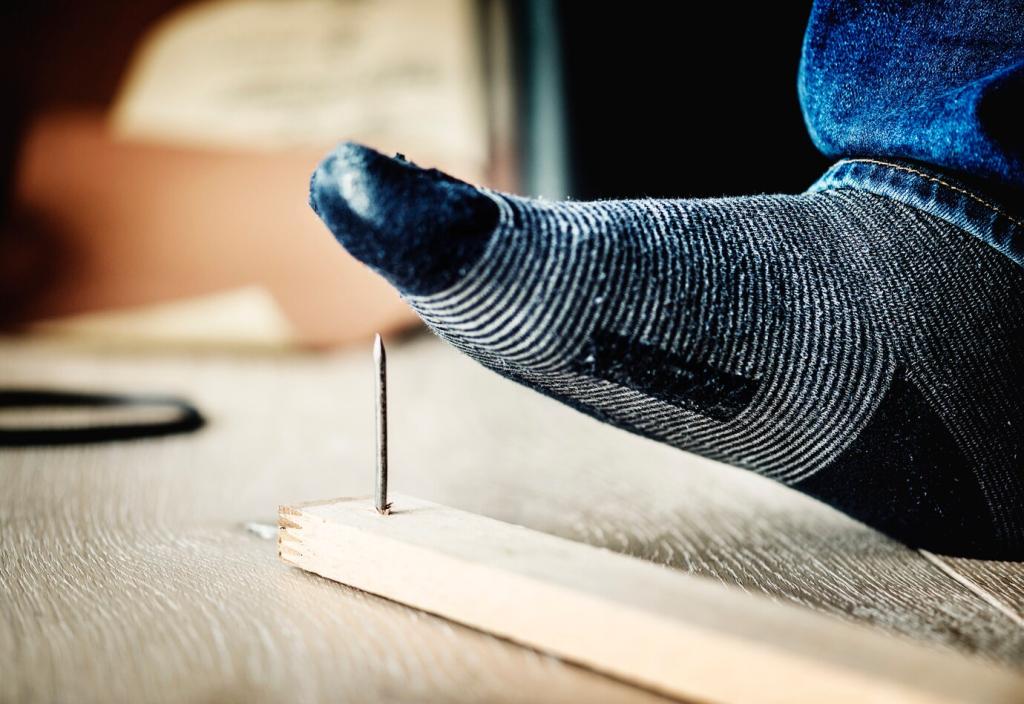Ultimate Guide to Upholstery Cleaning
Selected theme: Ultimate Guide to Upholstery Cleaning. Discover friendly, field-tested wisdom to revive sofas, chairs, and cushions without stress. From fabric types to stain science, this guide helps you clean smarter, protect fibers, and feel proud of your refreshed home.

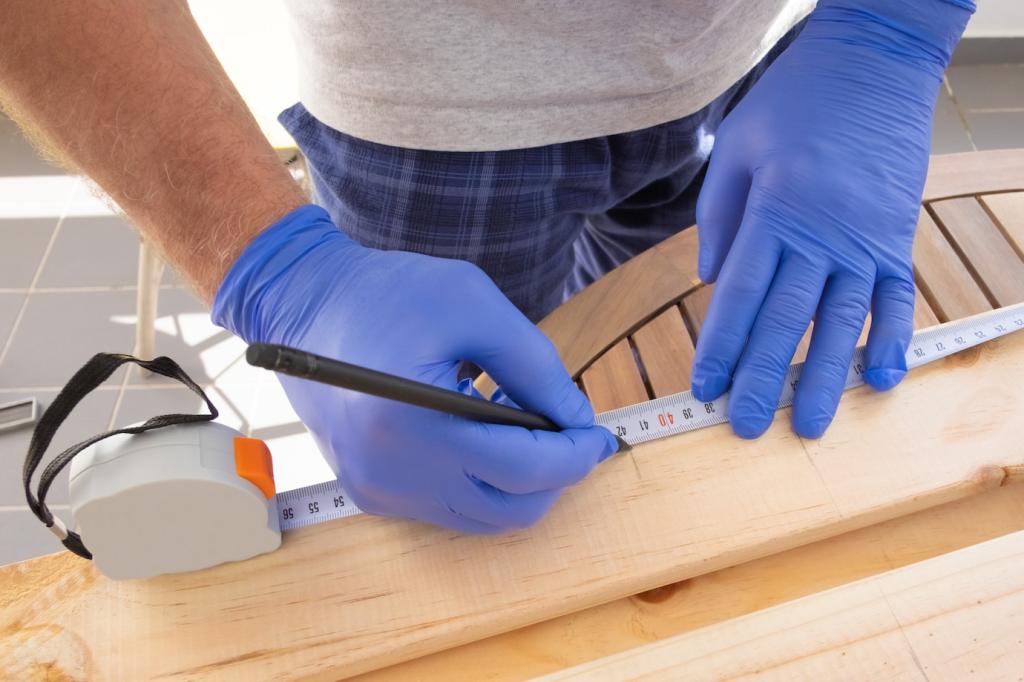
Reading Care Codes with Confidence
Care tags often read W, S, WS, or X, and those tiny letters decide your entire cleaning approach. Learn what each code truly means, avoid guesswork, and share your tricky tag questions in the comments.
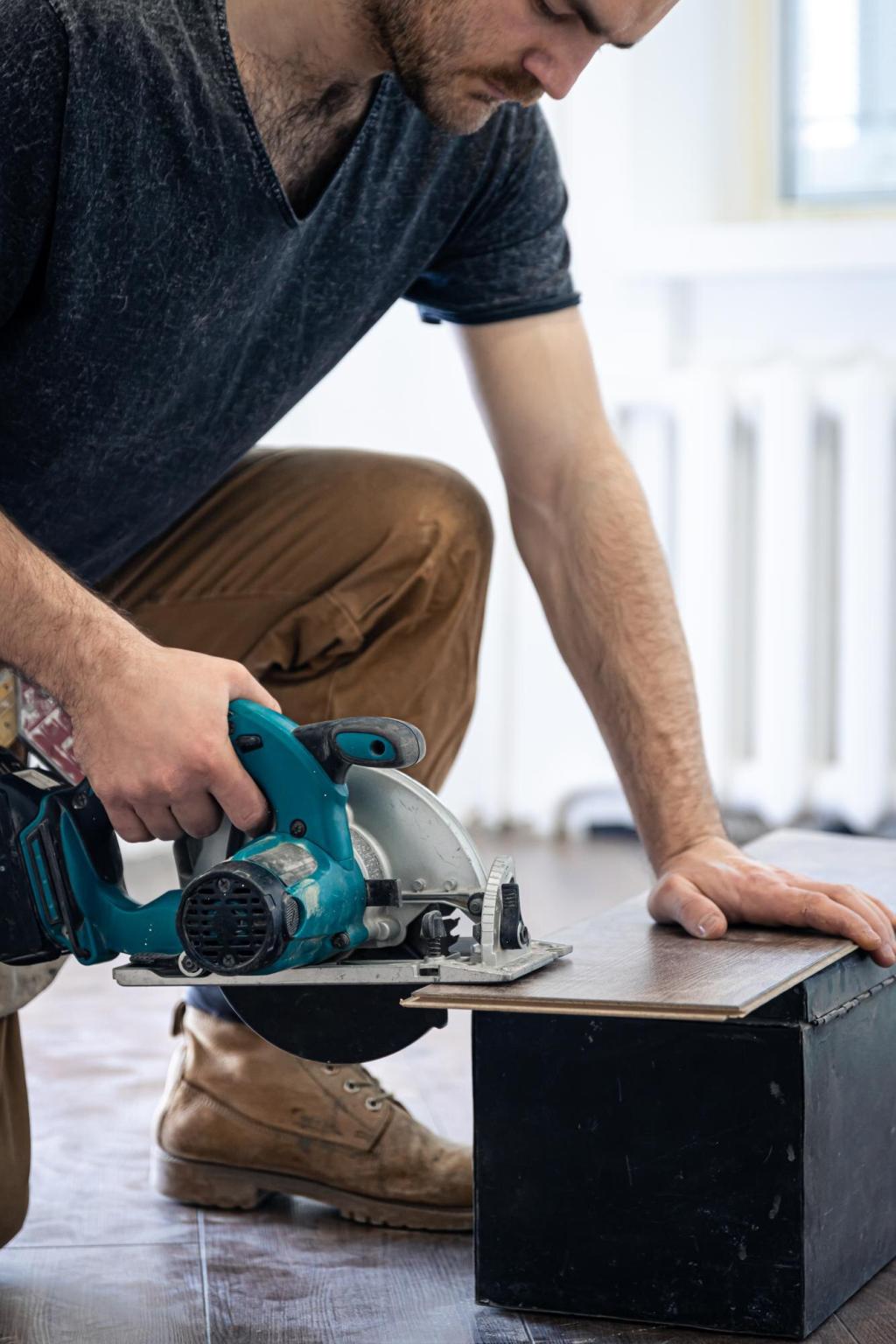
Common Fabrics and Their Quirks
Linen loves gentle handling, microfiber resists many stains, velvet crushes under pressure, and wool blends shrink if overheated. Knowing these quirks prevents damage and keeps color, texture, and structure beautifully intact.
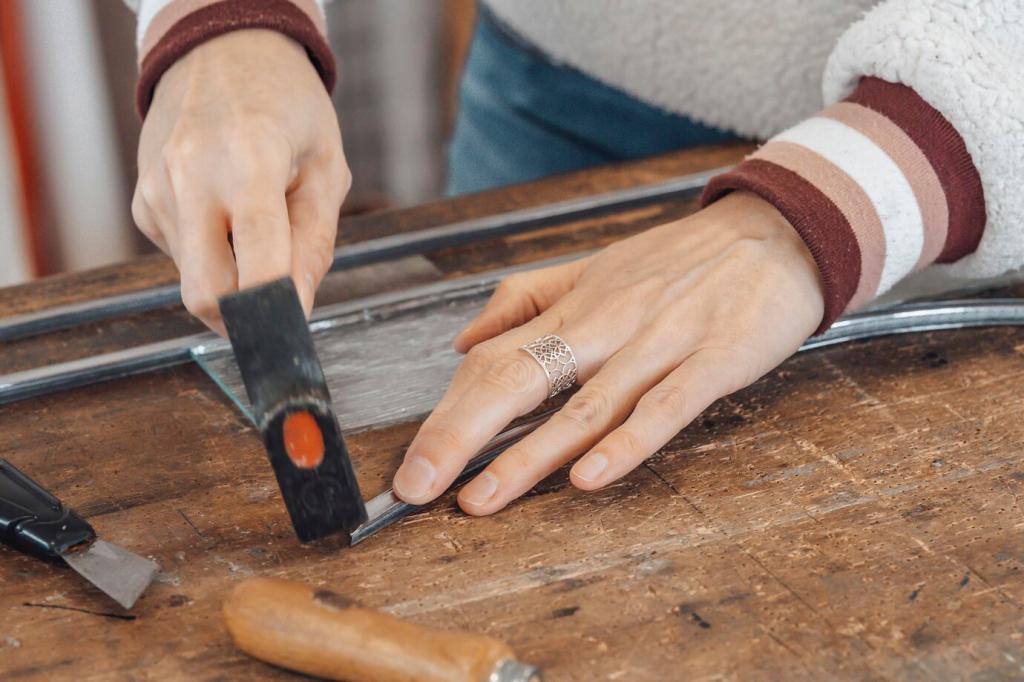
Colorfastness and Hidden Tests
Always perform a hidden spot test: dab your cleaner on an inconspicuous seam and blot with a white cloth. If dye transfers or texture changes, adjust your plan before working on visible areas.
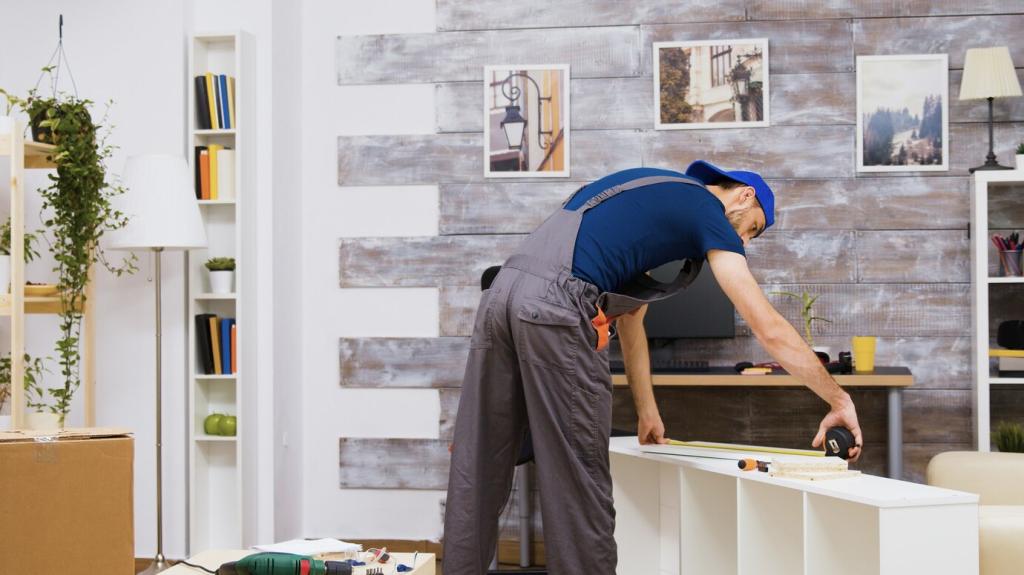


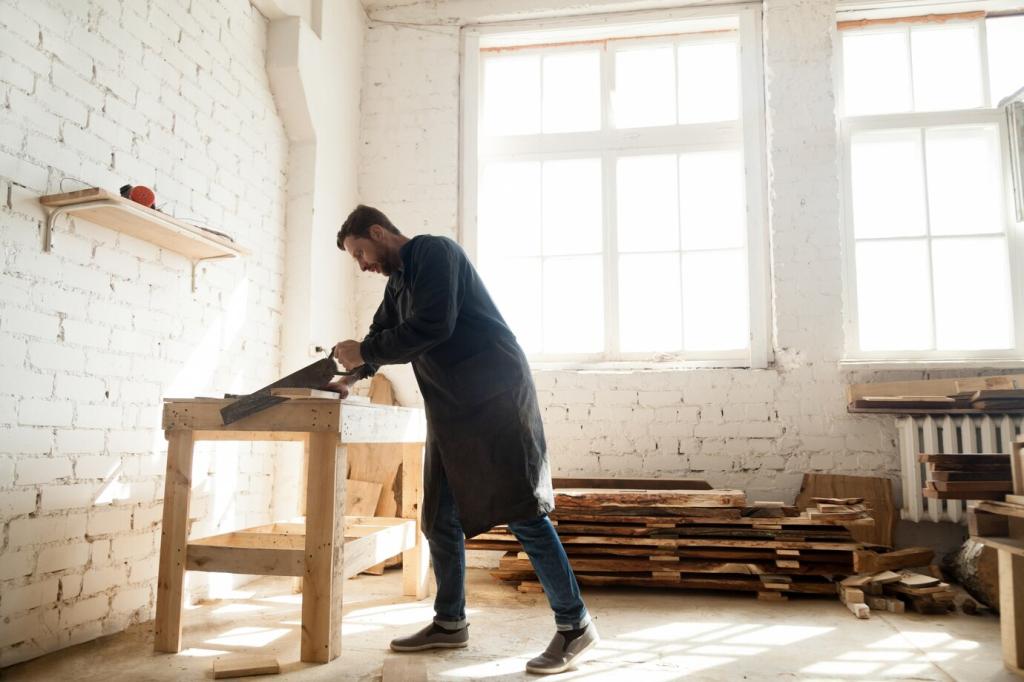
Core Toolkit Essentials
Soft-bristle brush, white microfiber cloths, measuring spoon, spray bottle, neutral cleaner, enzyme treatment, and a HEPA vacuum. With these, you can handle most messes thoughtfully and reduce repeated scrubbing.

When to Use Steam
Steam refreshes many synthetics, but it can crush velvet pile and warp heat-sensitive fibers. Test gently, keep the head moving, and never steam natural silk or labels marked with the X care code.
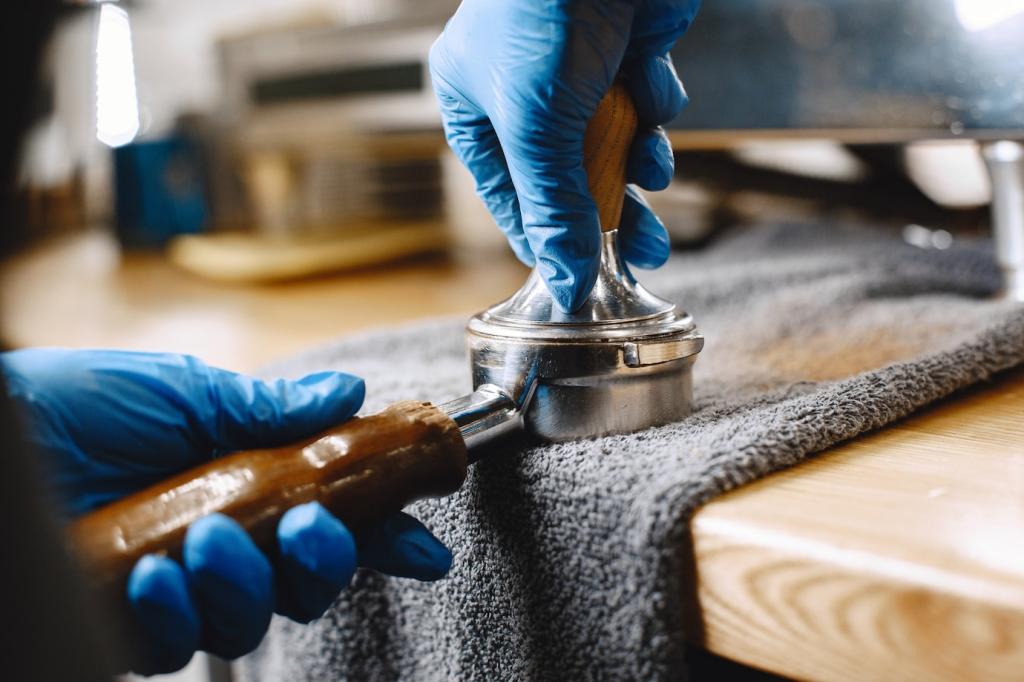

Step-by-Step: Deep Clean Like a Pro
Vacuum slowly with a crevice tool and upholstery brush, lifting loose soil before any moisture touches the fabric. This single step dramatically reduces muddy residue and makes your cleaning passes more effective.
Step-by-Step: Deep Clean Like a Pro
Lightly apply cleaner, gently brush in circular motions, and blot with white cloths. Work in small sections to prevent rings. Repeat until the cloth lifts minimal soil and the fabric looks uniformly refreshed.
Drying, Deodorizing, and Finishing Touches
Airflow Is Your Best Friend
Use fans, open windows, and gentle air movement. Avoid direct heat sources that can shrink or glaze fibers. Ensure cushions dry evenly by rotating them and propping them to allow thorough airflow.
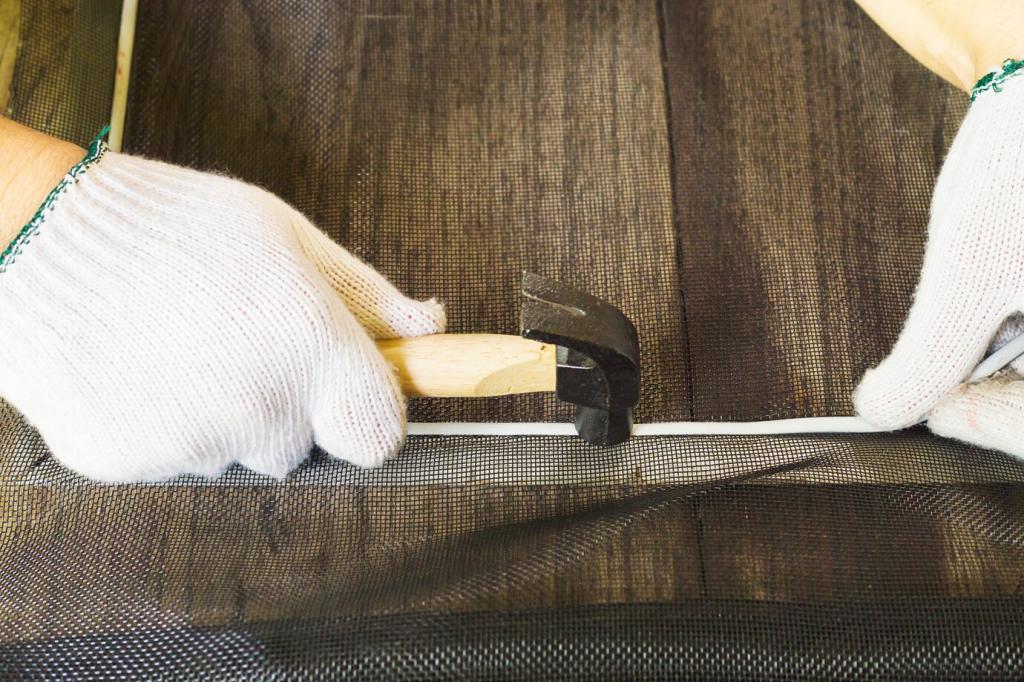
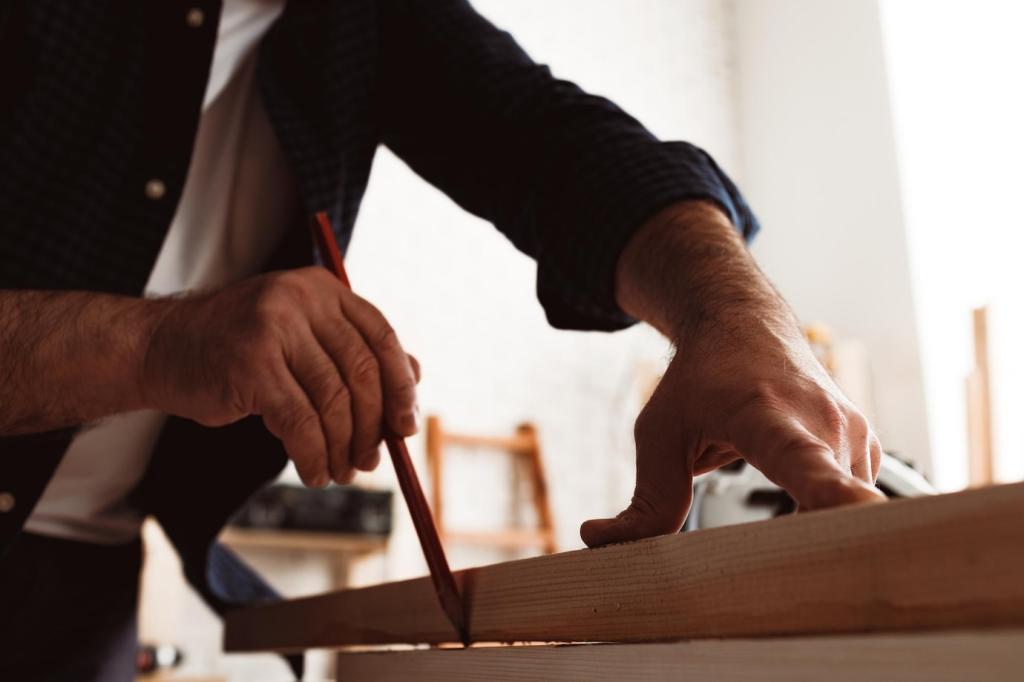
Odor Neutralization That Lasts
Enzymatic treatments break down organic odors at the source. Sprinkle a light layer of baking soda on W-friendly fabrics, wait, and vacuum thoroughly. Repeat if needed for pet and food smells.
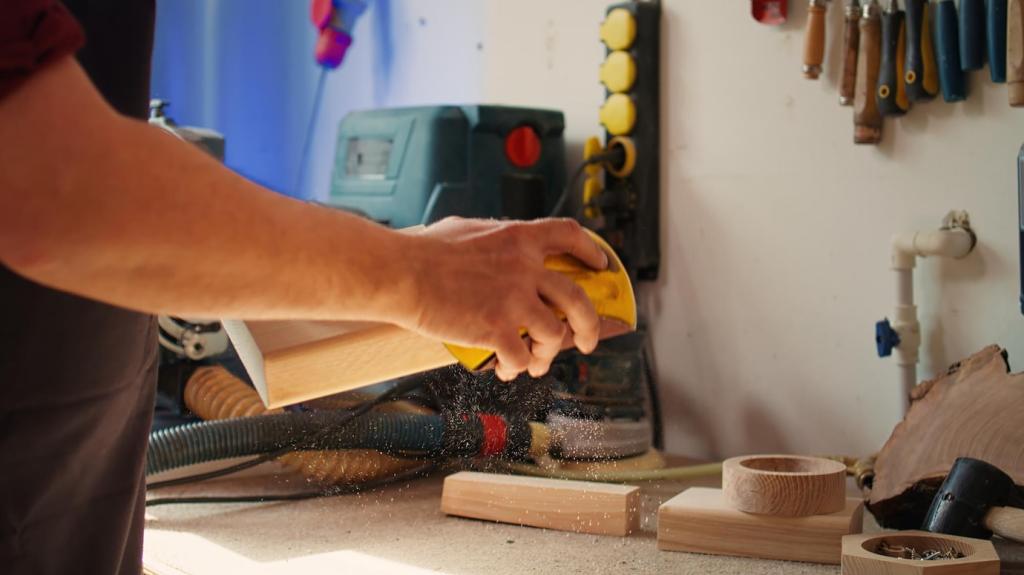
When to DIY and When to Call a Pro
Dye bleeding, severe pet damage, smoke odor, or antique textiles warrant expert care. If a test spot worries you, pause and consult—better a phone call than a permanent halo or texture change.
